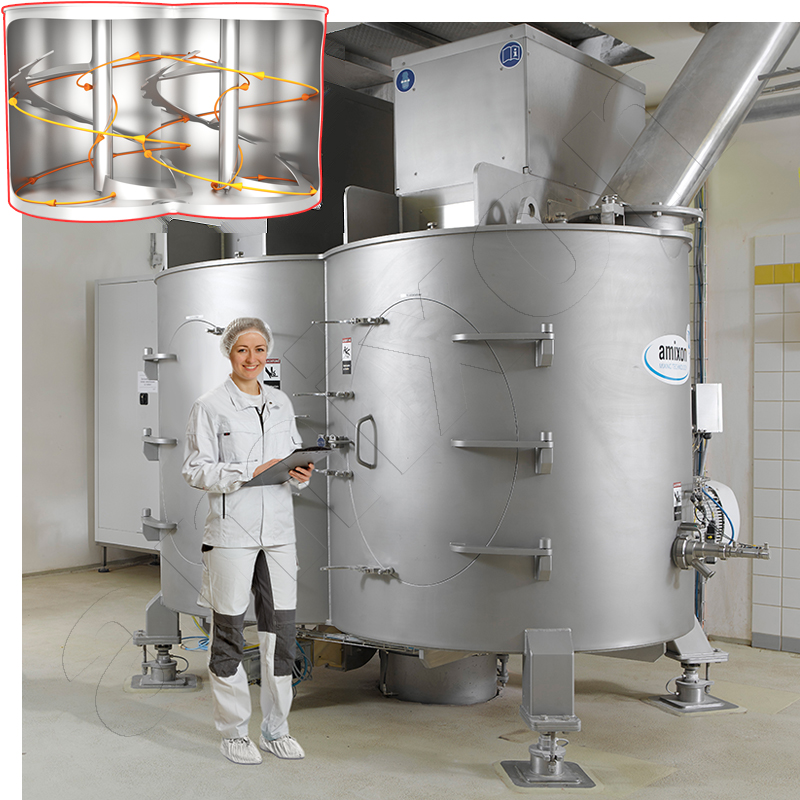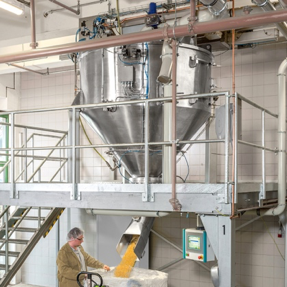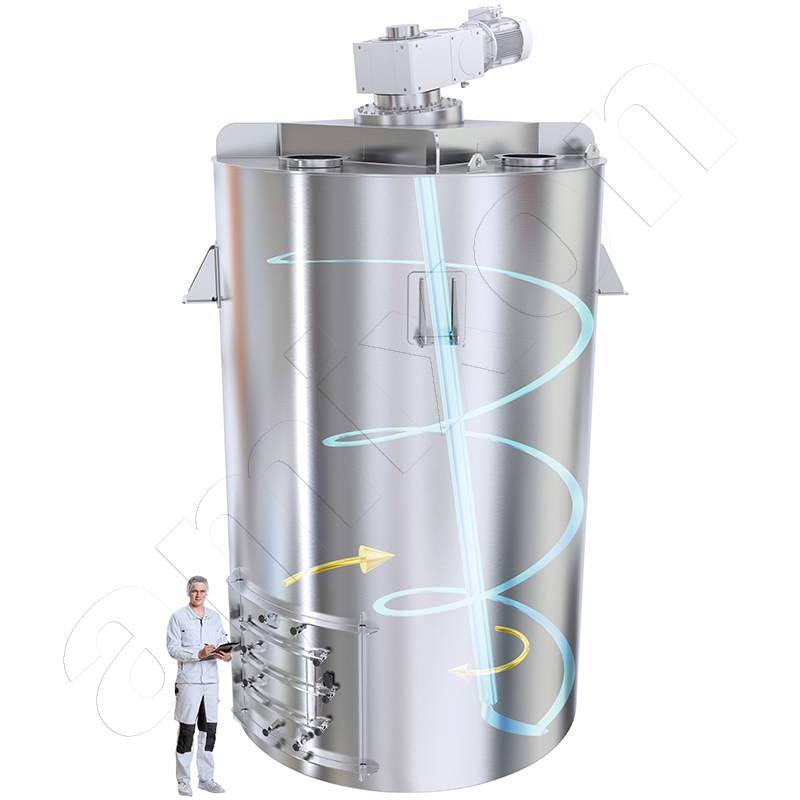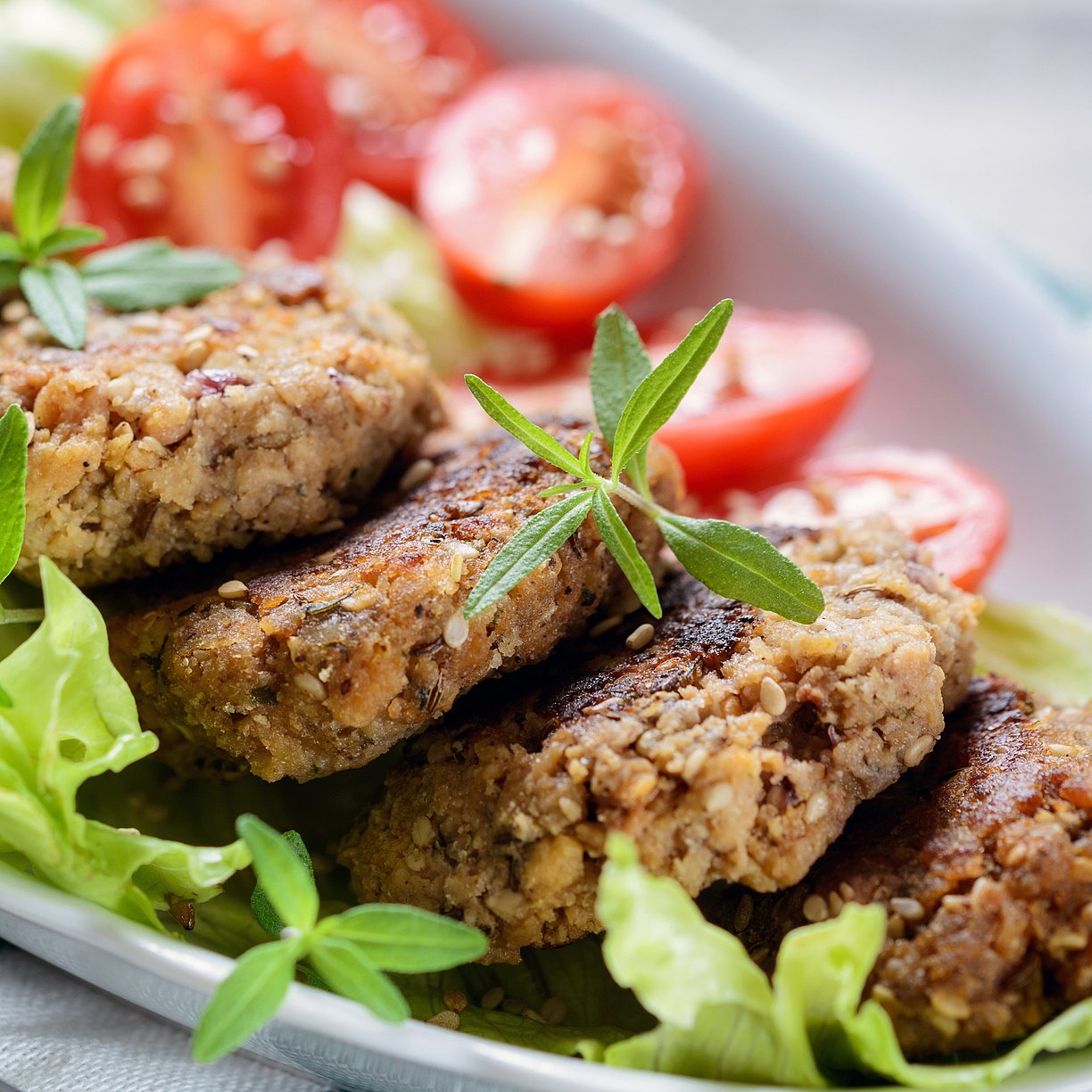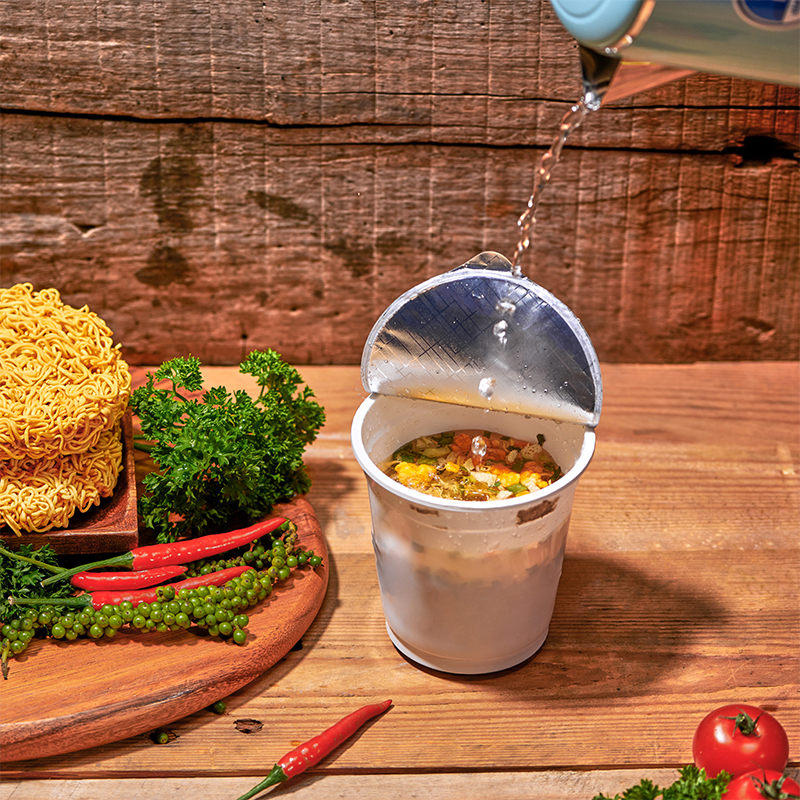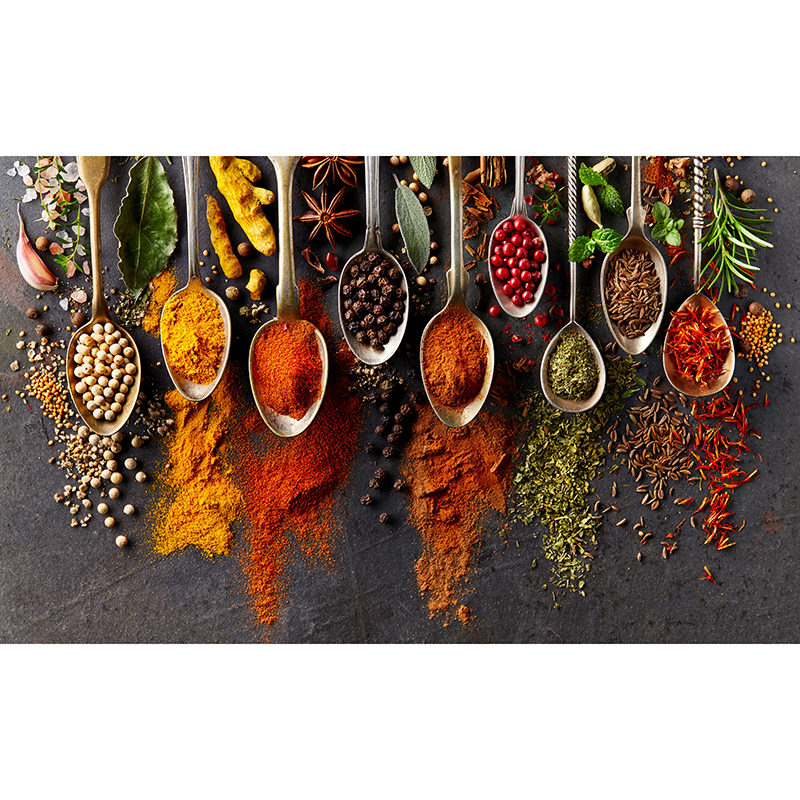
The trend is clear: towards an individual, healthy and enjoyable eating style.
The long journey of spices
The inhabitants of the European Union have an above-average income in a global comparison. With 450 million inhabitants, Europe is the largest economic single market in the world. This makes the EU an important import market for spices from all over the world. There are a vast number of processors and refiners of spices and tea in Europe.
More and more spice mills and blending companies are working with customised amixon® mixers and sterile reactors!
The import of the most expensive spices is also increasing every year. These include, for example, vanilla, mace, allspice, turmeric, Ceylon cinnamon, cloves, Andaliman pepper, Aji-Charapita chilli, saffron, organic ginger, organic turmeric and Germidour garlic. This is due to lifestyle trends. Eating is not just about taking in nutrients. Eating is enjoyment and food preparation is a highly cultivated activity.
But before spices can delight our taste buds in Europe, they have to travel a long way. In addition, spices undergo various processes: harvesting, cleaning, drying, transporting, sterilising, refining and mixing spices are all fascinating topics.
The mixing process determines the quality
Until about 2010, Italian kitchen herbs and standard curry mixtures were the height of exoticism in German kitchens. But then the trends changed ever more quickly. Strong impulses come from Syria, Lebanon, Jordan, Israel and Palestine (Levant). Who knew spices like sumac and cumin ten years ago? Or who knew mixtures such as zaatar and baharat? Today we find them on the shelves of discounters. Many come from the Orient, many from Southeast Asia.
amixon® machines combine many advantages:
- They deliver ideal mixture qualities that cannot be improved in practice.
- They can mix heterogeneous goods ideally and precisely: fine powders, coarse agglomerates, highly viscous liquid flavours, oils, emulsions, ....
- They mix extremely gently: the particle structure is preserved. The mixture remains cold and free-flowing.
- They always mix equally well and with ideal precision – regardless of the filling level.
- They are designed to be extremely hygienic.
- They are microbiologically controllable.
- They can be sterilised.
- They can also sterilise spice mixtures.
Rubs, spice mixtures for dry marinating grilled meat, were imported from the USA to Europe. There, BBQ rubs give grilled meat a delicious crispiness. Particularly popular: Magic Dust Rub with its seductive scent. Convenience is convincing. Many manufacturers offer such rubs ready to use.
Turmeric – the spice that gives curry its typical yellow colour – has sparked a hype as a healthy superfood in recent years. It is an ingredient in Ayurveda, the traditional Indian art of healing. Turmeric latte is an Ayurvedic healing drink that is also called golden milk. It contains coconut oil and plant-based milk. All of these specialities are powder mixtures. In the amixon® mixer, a wide variety of powders and liquid flavours are distributed micro-finely.
Safe processing of instant meals
Adding spice “clean” and “green”
The new arrivals have also made the most of the trend towards healthy food. Under the clean label they offer their spices without flavour enhancers, without artificial flavours, colourings and preservatives, without anticaking agents, without genetic engineering and without hydrogenated fats. The traditional spice manufacturers are successfully following suit. Many of them advertise with attributes such as vegan, vegetarian, lactose-free, gluten-free, kosher or halal. As a result, the market leaders now only use natural ingredients without flavour enhancers, preservatives and palm oil for the majority of their brands. For meat and fish product manufacturers there is a large number of specific spice blends, marinades, spiced breadcrumb coatings, pastes, sauces etc.. For bakeries, crisp and nacho factories there are special seasonings, for example, which are particularly stable when baked. They enhance snacks, potato crisps, wheat and corn tortillas and baked coatings whilst having a low fat content.
FAQ: All-rounder for small and large batches and ideal mixing qualities?
Gyraton® mixers gently and precisely homogenise large quantities of raw materials
By far the most popular spice in Europe is pepper. In 2020, it accounted for just over one-fifth of spice imports by volume. Vietnam is the main supplier of pepper to Europe, followed by Brazil, Indonesia and India. Ginger comes next with 19 per cent. However, unlike all other spices, ginger is imported in an undried state. Other significant spices include paprika (12.1 per cent), caraway, star anise, aniseed, juniper berries and fennel fruits (8 per cent), coriander (4.1 per cent) and cinnamon (3.2 per cent). All other spices together account for 32.2 per cent.
Growth market ensures plenty of creativity
The spice market has also been given a strong boost by new players, however, who push such trends and also set them. Start-ups fill up metres of shelves in the large supermarket chains in the meantime. They have used image marketing to increase the value of standard spice products to such an extent that they have become trend products with a lifestyle character. A feeling of natural quality, enjoyment, health and variety is presented to the consumer. Eye-catching forms of packaging insinuate these messages.
For marketing purposes, these days spice blends have fancy trade names, which no longer allow us to deduce the composition of the mixture. The right mixture for every dish is on offer these days, be it patatas bravas, stollen, Swedish meatballs or Jamaica jerk chicken. And the spice producers constantly return to the market with new creations.
Market shares of spices today
By far the most popular spice in Europe is pepper. In 2020 it had a volume share of spice imports of around just over a fifth. Vietnam is the main supplier of pepper in Europe, followed by Brazil, Indonesia and India. After that comes ginger with 19 per cent. Unlike all other spices, however, ginger is imported in a fresh state. Also significant are paprika with a share of 12.1 per cent, the spices caraway, star anise, aniseed, juniper and fennel with 8 per cent combined, coriander with 4.1 per cent and cinnamon with 3.2 per cent. All the other spices together come to 32.2 per cent.
Table 4: Imports of individual spices to Germany in tonnes [1]
| 2015 | 2020 | Growth | ||
| Pepper | 26.377 | 29.807 | +13% | |
| Ginger | 14.061 | 27.968 | +98% | |
| Paprika | 13.294 | 17.796 | +34% | |
| Caraway, star anise, anise, juniper, fennel fruit | 10.275 | 11.771 | +15% | |
| Coriander | 4.066 | 6.027 | +48% | |
| Cinnamon | 3.824 | 4.770 | +25% | |
| Nutmeg | 1.379 | 1.652 | +20% | |
| Clove | 1.011 | 1.152 | +14% | |
| Cardamom | 554 | 941 | +70% | |
| Mace | 372 | 420 | +13% | |
| other: | 31.762 | 44.559 | +40% | |
| total: | 106.973 | 146.867 | +37% |
[1] Fachverband der Gewürzindustrie [Spice Industry Trade Association], market development of the spice industry in 2020
In Germany alone 50% increasing
Over the past ten years, the import of spices to Europe certainly fluctuated, but increased significantly - in Germany alone by around 50 per cent to 147,000 tonnes (2020). There is a growing demand, also for more exotic spices, in this country. Whilst the per capita consumption of spices was 115 grams in 1970, in 2002 it was nearly 400 already and in 2020 even 600 grams per German citizen.
Finally, the Covid crisis has further stimulated the demand for spices. In a survey from 2020, 30 per cent of those questioned said that they currently eat at home cooked meals more often than before the crisis.
Around 35 per cent of spices are consumed in private households, whilst 65 per cent are processed by the food industry and catering sector. Food manufacturers have also picked up on customers’ preference for a greater variety of tastes. Especially in the case of snacks like crisps, cereals, and nuts there is a wide range of seasonings. Besides sprinkled-on seasoning, butcher’s shops also use spiced marinades and recently also rubs in many flavours.
Digression: Single-shaft mixer for premixes & triturations
Read more interesting posts about "spices"
Part 2 Worth knowing about spices
Part 3 Sustainability, import and cleaning of the spices
© Copyright by amixon GmbH

